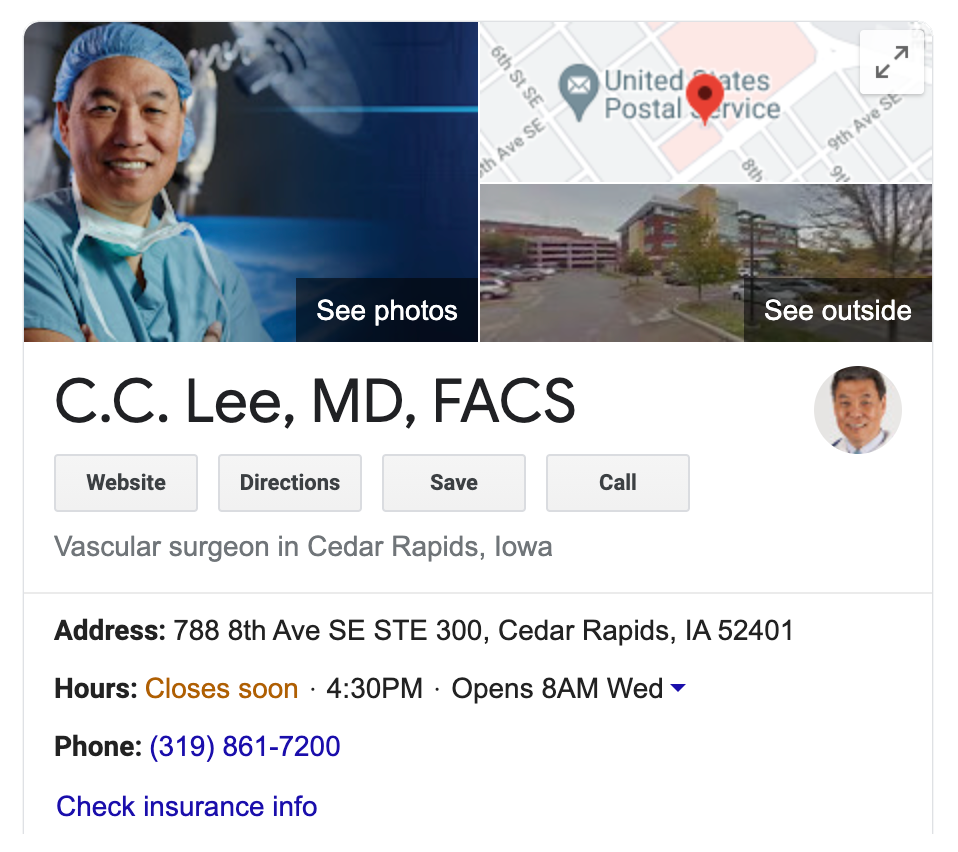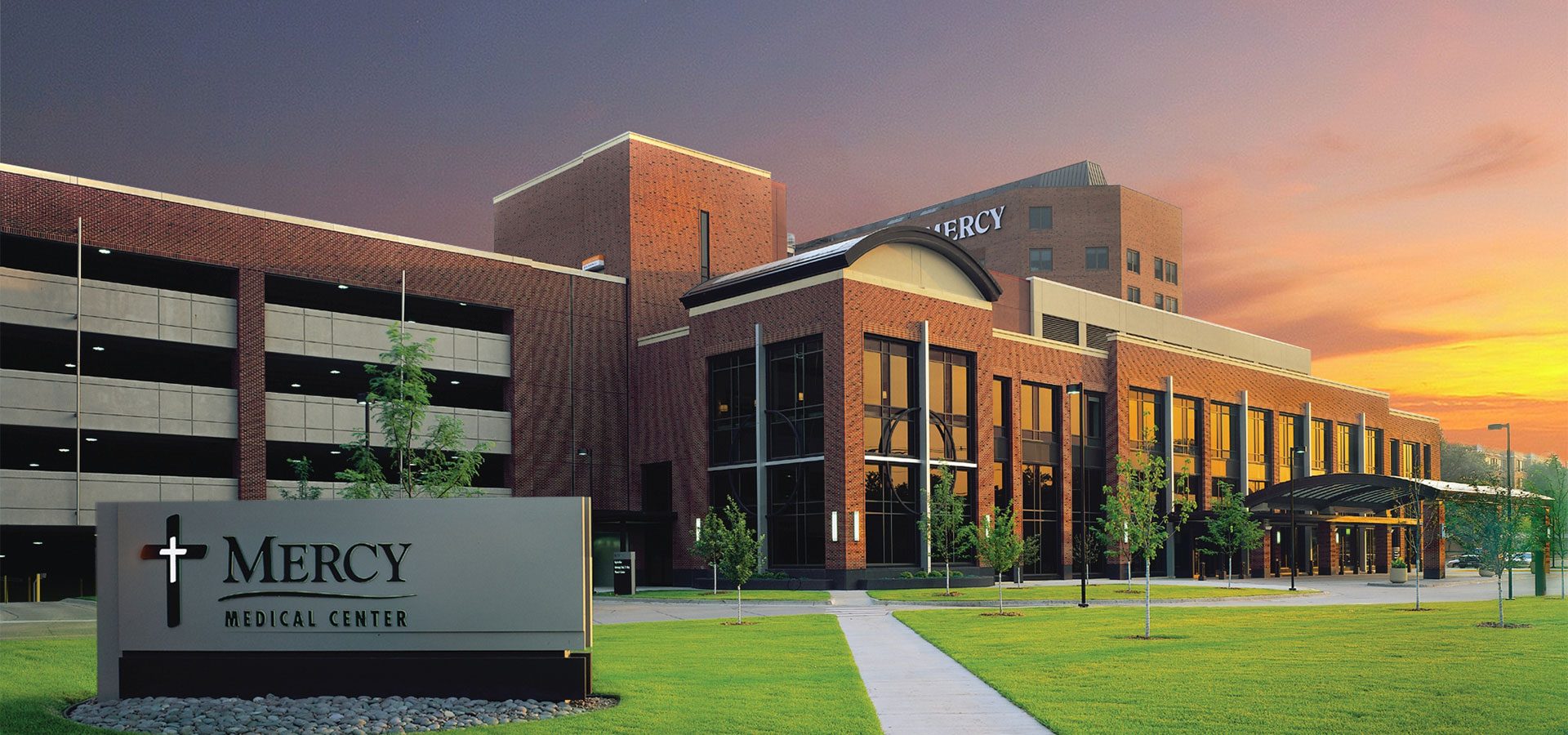Mercy has been serving the Eastern Iowa community since 1900, growing from a single, 253-bed community hospital to multiple clinics and facilities today.
And, because online business listings are crucial to help searchers find healthcare information today, Mercy worked hard to ensure its information on Google and Bing was up-to-date. But, as the healthcare organization grew, so did its listing needs. So, when the ongoing management of hundreds of business listing records became a burden for Mercy’s small team, they turned to their digital agency to take over.
Outsourcing listing management
To bring more efficiency to the process, Geonetric began by creating new bulk upload datasheets for Mercy to simplify claiming, creating, and updating multiple listings in both Google and Bing. And, by following Mercy’s source of truth for providers and locations – its website provider and location directories – Geonetric was able to ensure consistent attributes across both sources. This makes it easier for searchers to find and recognize Mercy information – which is especially important when some facilities are standalone buildings, while others are departments within the hospital.
Geonetric also ensures that Mercy’s listings are taking advantage of new features and content areas, such as links to COVID-19 content and video appointments.
Enhancing provider listings
Too often, healthcare organizations focus only on their locations for business listings. But, provider profiles also make up a significant amount of searches. For Mercy, providers make up 18% of all searches.
That’s why Mercy and Geonetric worked together to ensure that all provider profiles were also optimized with:
- Up-to-date information
- Professional headshots
- Trackable URLs linking back to the doctor’s profile in Mercy’s provider directory
Investing in tracking
In 2020, Mercy and Geonetric added UTM parameters to all listings so the organization could track engagement and conversions when users click the listing, which then redirects them to the website.
In that time, the organization has been found by searchers more than 3.6 million times, with 117,802 of those searchers visiting Mercy’s website, another 216,305 initiating a phone call and 64,236 getting directions.
Moreover, since adding the UTM tracking, Mercy has seen a
- 9.2% increase in sessions from listings to the website
- 7.2% increase in new website users
- 11.4% increase in average session duration

Mercy and Geonetric also track listing utilization by the most popular navigation applications: Of these, Google Maps is the most common, with 67% of business listing searchers using that navigation system; followed by Waze (12%); Apple Maps (11%); and MapQuest (8%). Tracking the use of navigation systems also helps Mercy understand which sources are providing the most traffic and engagement; when updates are needed (if traffic decreases from a specific source); and where to prioritize resources.
But, the work of enhancing listings isn’t done; Geonetric and Mercy are currently working to integrate functionality to make an appointment directly into the listings to capture all of the “no-click” searches.

